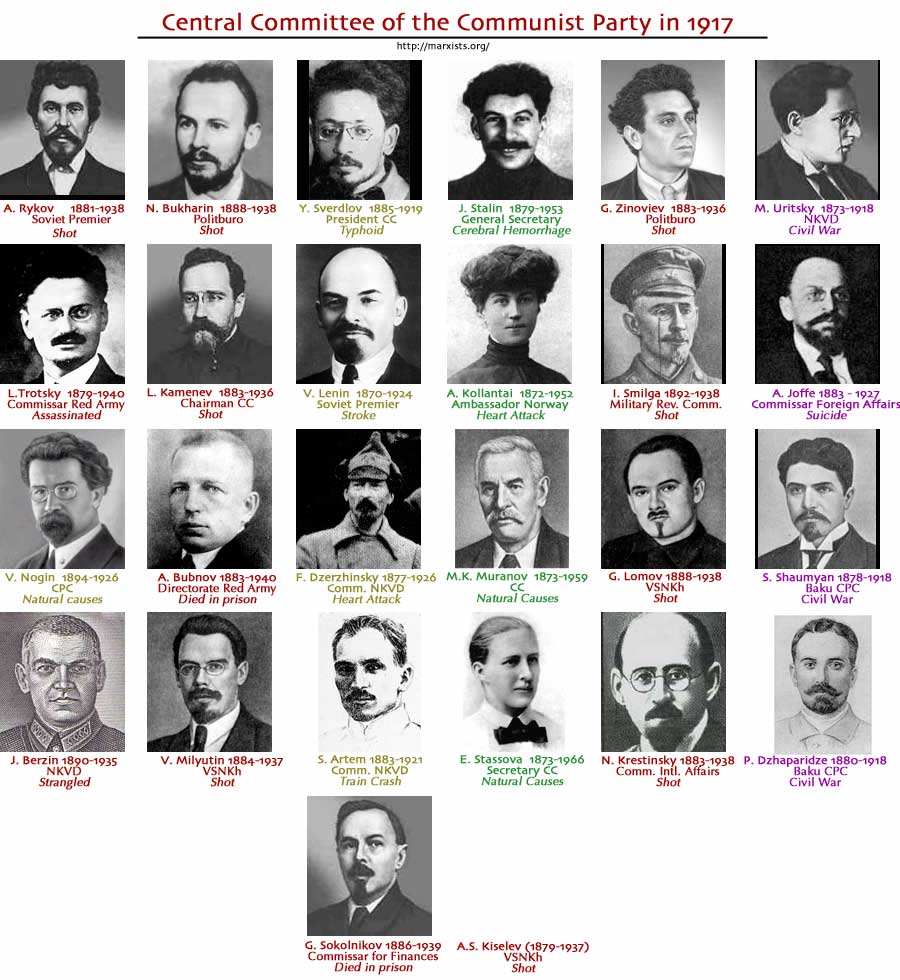The Bolsheviks
Index to the biographies and writings of members of the Party that made the October 1917 Revolution in Russia.
See History Archive of Soviet Union, with the The Russian Revolution of October 1917 including eye-witness accounts and contemporary analyses.
See The Bolshevik Party in the M.I.A. Encyclopedia.
The Central Committee
There were 21 members and 10 candidate members of the Central Committee at the time of the Revolution in 1917, including Vladimir Ilyich Lenin, Leon Trotsky, Grigory Zinoviev, Lev Kamenev, Josef Stalin, Grigory Sokolnikov, Andrey Bubnov (the seven members of the first Political Bureau), Alexandre Kollontai, Nikolai Bukharin, Yakov Sverdlov, V P Nogin, Alexei Rykov, Artem Sergeyev, Y. Miliutin, Felix Dzerzhinsky, Leonid Petrovich Serebryakov, the Latvians Ivars Smilga and Janis Berzin-Ziemelis, Nikolai Krestinsky, M K Muranov, Stepan Shaumian and Moisei Uritsky and Vladimir Antonov-Ovseyenko who both sided with the Mensheviks in 1903 but, like Trotsky, joined the Bolsheviks before the Revolution. Elena Stasova was a candidate member and Secretary to the Central Committee. George Lomov (Oppokov), Adolf Joffe, Alexey S Kiselev, Prokopius Dzhaparidze, and Yevgeny Preobrazhensky, Yakovleva were candidate members of the C.C..
See Introduction to the Minutes of the Bolshevik CC in 1917 by Tony CLiff.

Other leading members of the Bolshevik Party, many more well-known than some of the Central Committee members, whose writings are archived on the M.I.A. include: Christian Rakovsky, Karl Radek, Nadezhada Krupskaya (Lenin's wife), Anatoly Lunacharsky, David Riazanov, Natalia Sedova. Other well-known Bolsheviks include Mikhail Kalinin, Vyacheslav Molotov, Yuri Pyatikov, the trade unionist Mikhail Tomsky and A.G. Schliapnikov a member with Kollontai of the Workers' Opposition in 1922, the “Old Bolsheviks” Maxim Litvinov, Mikhail Lashevich, Gregory Ordzhonikidze and the science fiction writer Alexandr Bogdanov, also famous for his 1908 dispute with Lenin over philosophy. Inessa Armand (often remembered for her affair with Lenin), Ivan Smirnov, Sergei Kirov (whose assassination was a trigger for the first of the notorious Moscow Trials), and Nikolai Krylenko. Mikhail Frunze was one of those who joined the Bolsheviks before the Revolution, but who had supported the Mensheviks in 1903, and a leader in the Red Army, while the great Red Army General Mikhail Tukhachesky was one of millions who joined the Bolsheviks after the Revolution.
See Spartacus Schoolnet for more Bolshevik biographies and Kronos, in Russian, but very comprehensive, and this set of portraits of the Central Committee members made in 1938
According to Archontology entry for the Bolsheviks, 1917-1919, the Central Committee was as follows:
August 1917 - 5 March 1918: Artyom (Sergeyev), Berzin, Bubnov, Bukharin, Dzerzhinsky, Zinovyev, Kamenev, Kollontai, Krestinsky, Lenin, Milyutin, Muranov, Smilga, Sokolnikov, Stalin, Trotsky, Uritsky and Shaumyan; candidate members: Dzhaparidze, Ioffe, Kiselyov, Lomov (Oppokov), Preobrazhensky, Skrypnik, Stasova, Yakovleva.
8 March 1918 - 17 March 1919: Artyom, Bukharin, Vladimirsky, Dzerzhinsky, Zinovyev, Krestinsky, Lashevich, Lenin, Sverdlov, Smilga, Sokolnikov, Stalin, Stasova, Trotsky, Shmidt; candidate members: Berzin, Ioffe, Kiselyov, Lomov (Oppokov), Petrovsky, Stuchka, Uritsky, Shlyapnikov.
Links to biographies and archives of the Bolsheviks

V I Lenin [Archive, biography] was the main theoretician and practical leader of the Bolsheviks, leading a break from the Mensheviks at the second congress of the Russian Social Democratic Labour Party in 1903. Returning from exile in April 1917, it was Lenin who called for an insurrection in 1917 (See his April Theses) and led the Party to power. A stroke incapacitated Lenin in March 1923, and he finally died on January 21 1924. (See Lenin's Testament) only shortly after the end of the Wars of Intervention. See Memories of an old comrade by Christian Rakovsky. |
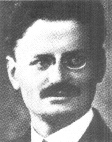
Leon Trotsky [Archive, biography] did not join the Mensheviks or Bolsheviks until returning to Petrograd in 1917 and becoming convinced that only the Bolsheviks could make the Revolution and agreeing with Lenin's call for an insurrection. Trotsky led the Military Revolutionary Committee which organised the insurrection and went on to build and lead the Red Army. After Stalin seized the leadership of the Party, he formed the Left Opposition, but was deported and in 1940, assassinated. His History of the Russian Revolution and Revolution Betrayed are important analyses of the Russian Revolution. |
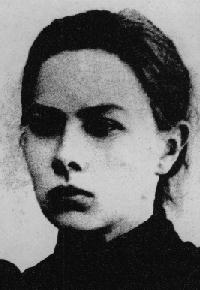
Nadezhada Krupskaya [Archive, biography] was a longstanding Bolshevik and Lenin's wife. Krupskaya worked in education after the revolution. After Lenin's death she carried a great deal of prestige but was unable to prevent Stalin's triumph and was isolated. |
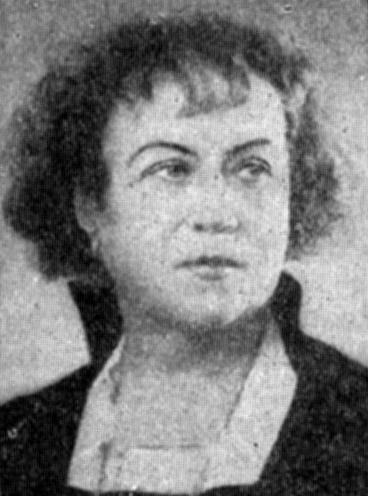
Alexandra Kollontai [Archive, biography] was the most prominent female member of the Bolshevik Party, a leader of the left-wing Workers Opposition after the Revolution, she championed the rights of women within the Soviet Union and raised feminist issues which went way beyond her times. Eventually she was posted as a diplomat by Stalin, where she was unable to play an active role in the party, but lived longer than any of her comrades as a result. |
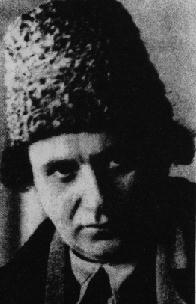
Grigory Zinoviev [Archive, biography] was one of the most prominent Old Bolsheviks, who took on the role of leading the Communist International when it was founded in 1918. Like many others, Zinoviev wavered in the struggle between Stalin and Trotsky, but was eventually executed after the first of the Moscow Trials. |
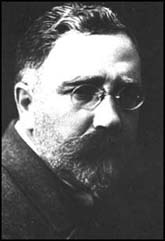
Lev Kamenev [Archive, biography] was an Old Bolshevik, an old friend of Lenin's from the days before the founding of the R.S.D.L.P.. Kamenev was closely associated with Zinoviev and was eventually shot on Stalin's orders in 1936. |
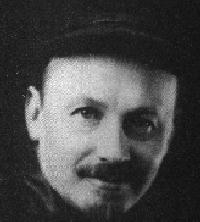
Nikolai Bukharin [Archive, biography] - one of the theoreticians of the Party and a gifted agitator. Although initially close to Trotsky, after the Revolution, Bukharin was on the right of the Party favouring more cautious programs of socialisation, and “market socialism”. He was shot in 1938. |
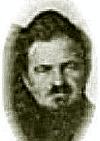
Yevgeni Preobrazhensky [biography] a Central Committee member mostly remembered for the ABC of Communism, which he wrote jointly with Bukharin. Shot in 1937.
|
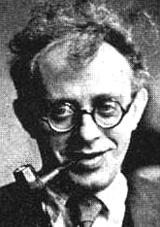
Karl Radek [Archive, biography] was a leading member of the Bolsheviks since 1901 and played an active role in the movement against World War I in Germany and Poland. Radek was also involved in the work of the Communist International. Later a member of the Left Opposition he died in prison. |
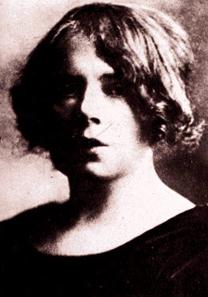
Natalia Sedova [Archive, biography], Trotsky's wife who accompanied him into exile. |
|
David Riazanov [Archive, including biography] joined the Bolsheviks only in 1917 but is most famous for having led the project in which the new Soviet state collected and published in large numbers, all the writings of Marx and Engels. Without Riazanov's work there would be no M.I.A. and the basic writings of Marx and Engels may have been lost forever. He died in exile in Siberia in 1938. |
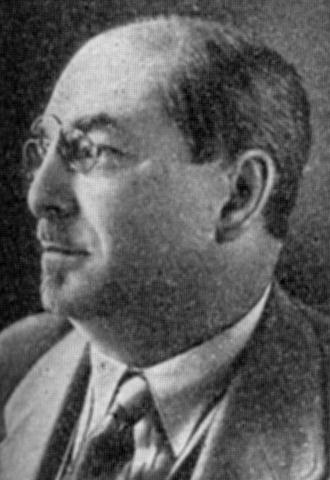
Anatoly Lunacharsky [Archive, biography] - an intellectual and an Old Bolshevik who was one of the leading agitators in Petrograd at the time of the Revolution. Lunacharsky was the first Commissar for Education after the Revolution. He is most remembered however for his series of biographical profiles on the leaders of the Russian Revolution. Posted as ambassador to Spain but died in 1933. |
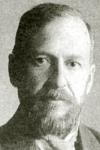
Christian Rakovsky [Archive, biography] See Gus Fagan's biography of Rakovsky. Rakovsky was a Bulgarian, but joined the Bolsheviks when he was released from prison by Russian troops in 1917. Rakovsky was a leader of the communists in the Balkans since the 1890s, who and later became a close associate of Leon Trotsky. Disappeared in prison in 1938. See Rakovsky's autobiography |
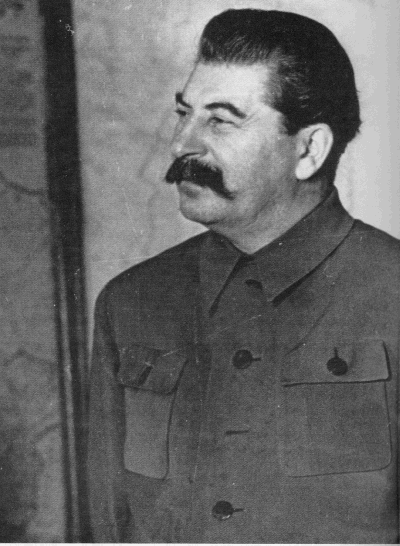
Josef Stalin [Archive, biography]. A Georgian who joined the Bolsheviks after the split with the Mensheviks in 1903. In 1912, Stalin was appointed editor of the Bolshevik paper Pravda. Stalin played little role in the Revolution, at first sceptical of the prospects of insurrection, but followed Lenin in favour of insurrection, and during the Civil War his undisciplined experiments in irregular warfare brought him close to court martial. As General Secretary of the Party, he became very powerful after the end of the Civil War and became a spokesperson for “socialism in one country”. He isolated Lenin during his last days and eventually gained the ascendancy in the Party after the international setbacks of 1923. During the Moscow Trials, he systematically eliminated all the Old Bolsheviks and instituted personal rule over the Party. After having executed all the experienced military cadre of the Red Army and making a Pact with Hitler in 1940, he brought the Soviet Union close to defeat, but emerged after World War Two more powerful than ever. He was denounced by Nikita Khrushchev only after his death in 1953. |

BiographiesLenin Biography Archive. Trotsky Biography Archive. Anatoly Lunacharsky's Revolutionary Silhouettes Lenin on the Nature and History of the Bolshevik Party
From “Left-Wing Communism”, An infantile Disorder: |
Histories of the Revolution and the Bolshevik Party
Zinoviev's History of the Bolshevik Party
Trotsky's History of the Russian Revolution and his autobiography: My Life
Eye-witness accounts of the Revolution
John Reed's Ten Days that Shook the World, plus
Notes on Parties and Organisations in Russia in 1917.
Cecilia Bobrovskaya's Twenty Years in Underground Russia: Memoirs of a Rank-and-File Bolshevik
Louise Bryant's Mirrors of Moscow has pen-portraits of a number of the Bolsheviks in 1923, plus Six Red Months in Russia: An Observers Account of Russia Before and During the Proletarian Dictatorship.
Larissa Reissner's Svyazhsk, 1918
Arhur Ransome's The Crisis in Russia, 1920
Victor Serge's Memoirs March 1919 and
1922
Anna Louise Strong's The First Time in History, 1923 and
Children of the Revolution, 1925
